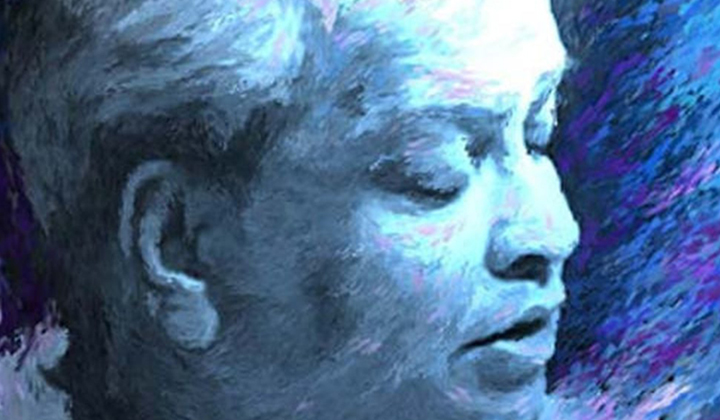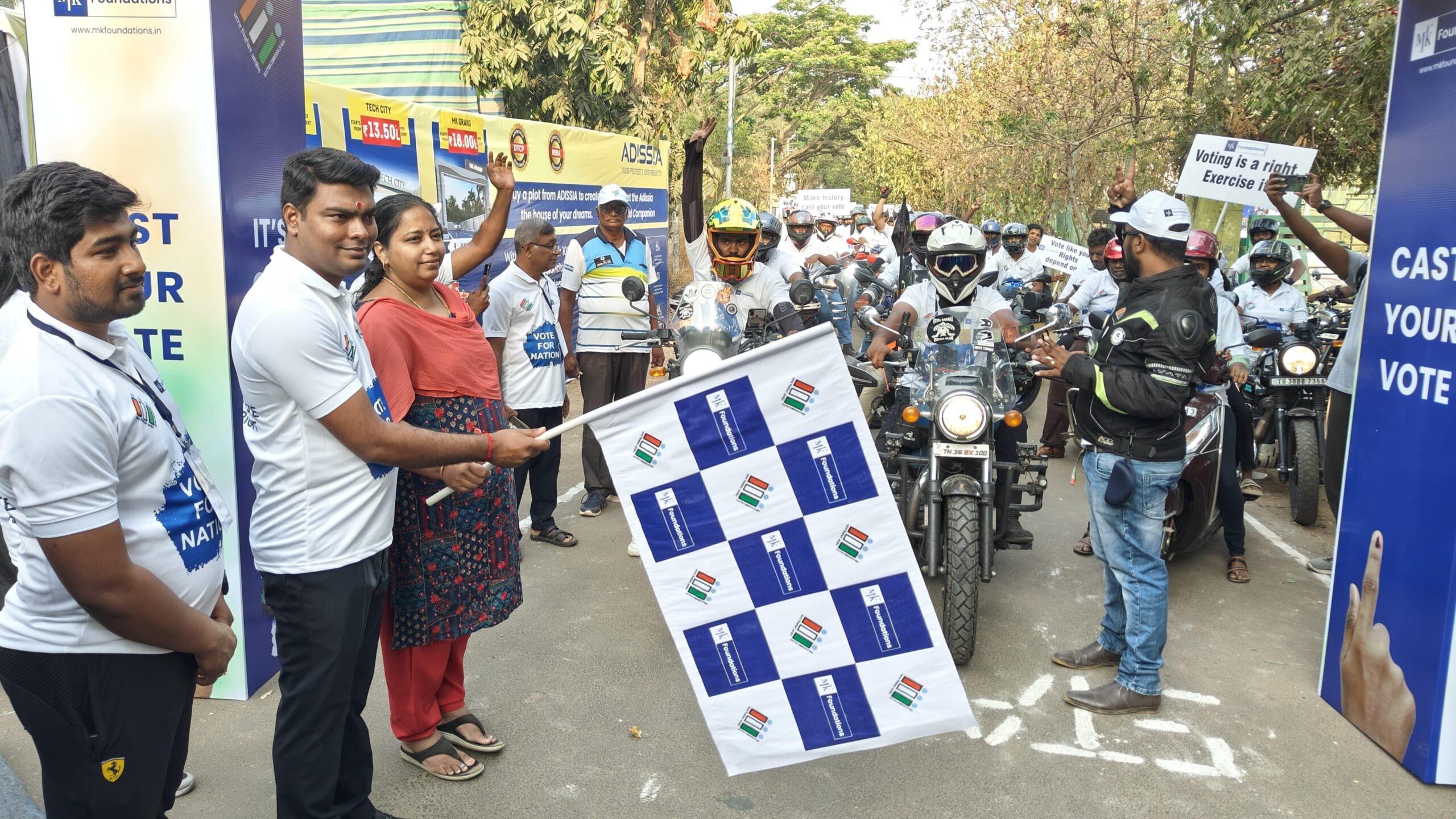Trending Now
- IPL 2024 begins with a bang. First contest between CSK and RCB.
- Election commission allots mike symbol to Naam Thamizhar Katchi
- AIADMK promises to urge for AIIMS in Coimbatore, in its election manifesto.
- Ponmudi becomes higher education minister.
Columns
Instinct, expression and range characterise these renditions of raag Yaman by Kumar Gandharva
![]() June 18, 2016
June 18, 2016
The final edition of our series on this raag features an individualistic genius who did not confine himself to any gharana.
The ninth and final edition of our series on khayal renditions of raag Yaman features the individualistic genius Kumar Gandharva (1924-1992), who drew musical influences from several sources only to forge his own path.
In the first track recorded at a live concert, the maestro sings a vilambit or slow composition set to Jhumra, a cycle of 14 matras or time units. The song-text of this traditional composition celebrating the bridegroom’s glory and describing his physical appearance in great detail is superbly locked into the many-splendoured melodic universe of raag Yaman. Gandharva capitalises on the inherent musical strength of the composition as he accentuates various technical devices that are integral to the khayal tradition, but imbues them with expression. While doing so, the rendition does not reveal any excesses of melodrama and sentimentality.
Unlike the khayal canons followed by many gharanas that call for a fixed design of the mukhda (which literally means face), or beginning of the composition, Gandharva plays with the original musical design, at times allowing it to emerge through a larger portion of the rhythmic canvas and at other times creating a tension by placing it in a fraction of the taal or time-cycle. He even extends the conventional melodic contours or Yaman to allow traces of a few other raags from the Kalyan group of raags.
His expansive rendition includes long meends or glides, standing notes that are held strong and firm but sometimes reveal a vibrato towards the end creating a flutter, two- three- or four-note sequences that are cajoled or oscillated, extremely fast taans or melodic passages that are sometimes vigorous and on other occasions create a subtle ripple effect, and an occasional rhythmic play that is not a typical mathematical calculation but an intuitive response to the taal and its percussive representation through the theka. He does all this and more through a constant use of dynamics, intense tunefulness and tremendous vocal range.
The second composition on this track is self composed in the 16-matra Teentaal. Sung at an accelerated pace, the composition and its elaboration contain swift taans and sargam or solfège.
The concluding track is a traditional composition in raag Yaman Kalyan that uses the natural and sharp variants of madhyam, the fourth swar or note in the scale. Set to Teentaal, Gandharva’s approach to mukhda differs from that of other vocalists, in that, he places the sam/sum or the first matra of the taal on the syllable re of the word kinare, unlike others who prefer it on the syllable na of the same word.
Aneesh Pradhan
Disclaimer: The views expressed above are the author’s own






















